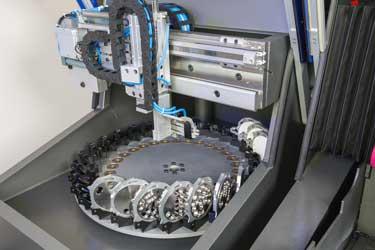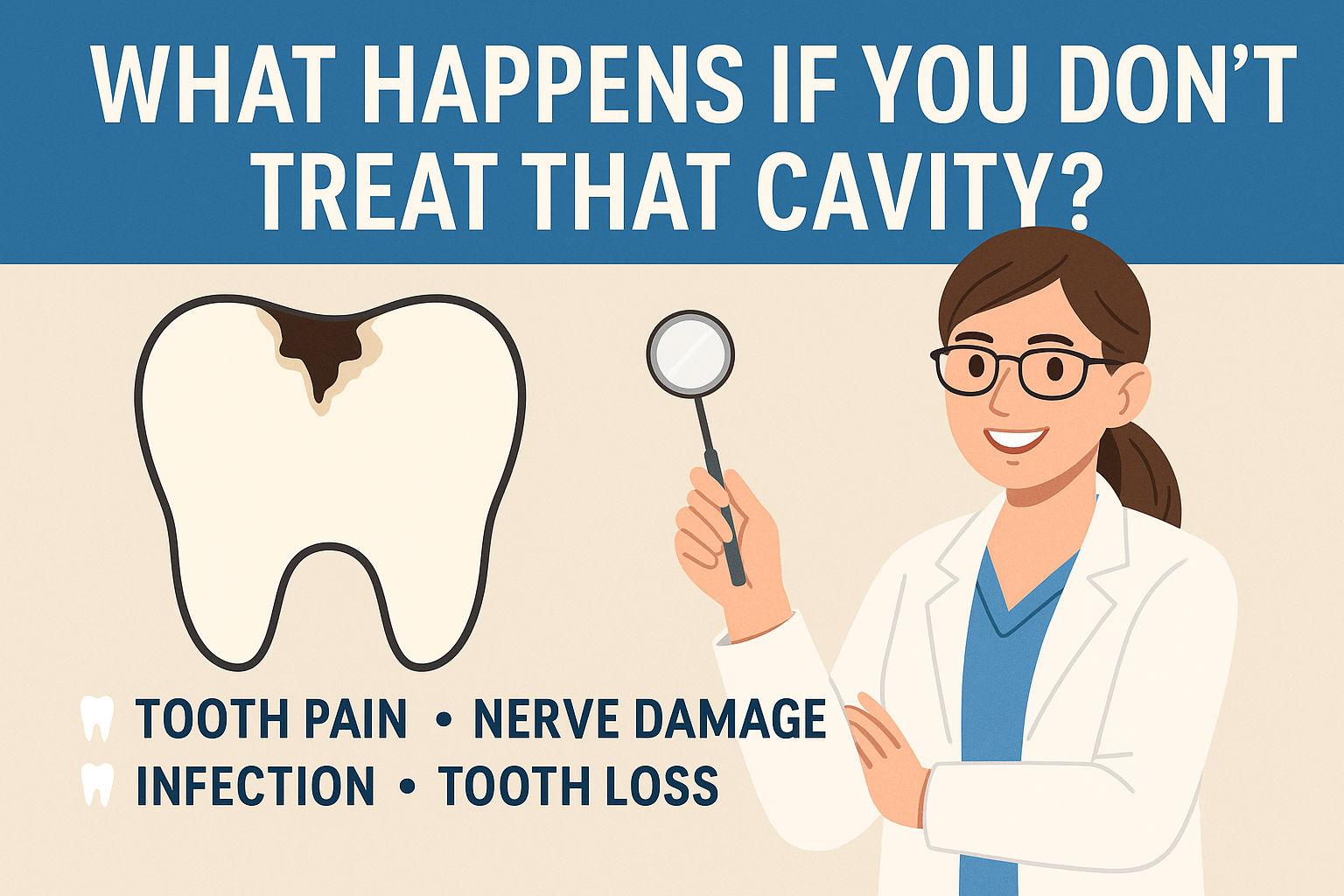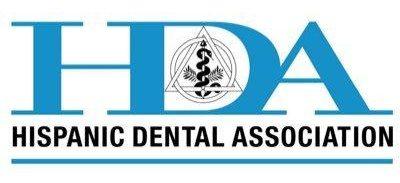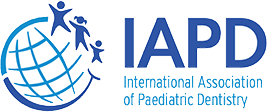When you think of dentistry, the chances are that fillings, a bright light, a small mirror and a pair of hands may spring to mind. This has been the typical scene within dental surgeries for decades now, but thanks to a recent jump in technology; dentistry as we know it is about to change. So what exactly is the future of dentistry, what will it look like, and what will it mean for patients? Well if 3D dental print specialist Avi Cohen has anything to do with it; we’ll be seeing the industry shift to a predominantly digital approach over the next few years.
Dentistry as we know it
In this day and age, dentists typically rely on their years of experience, the steadiness of their hands, and the keenness of their eyesight. Whether a filling needs replacing, or a tooth has to be removed; treating teeth and gums is second nature to dentists, and a practice that has been around for centuries now.
Over the past few years, and due in no small part to the evolution of the 3-D printing industry, the face of the dental industry has experienced a shift in direction. With the recent advance in technology, it’s now entirely possible to do everything that a human dentist would do; albeit in a more precise, time-reducing manner.
The Process of Digital Dentistry
Consider everything that a dentist can do for a set of gums and teeth. Now take in to account the time, the effort and the experience that goes in to even the simplest of procedures, and you’ll begin to understand why the dental industry has fought for so long to enhance their methods. Digital dentistry does exactly that.
Where a dentist would need to remain steady for prolonged amounts of time, whilst applying potentially dangerous techniques and instruments to the patient’s teeth and gums; the same can now take place via digital techniques and robotics; although in a much more secure way. Dental laboratories everywhere are updating their now-outdated techniques and procedures, and in their place comes forth a new breed of dentist; all of which rely on programmable software to repair teeth, construct crowns, and much more.
The Advantages
By being able to utilize the latest digital techniques, a dental laboratory can offer safer procedures and more reliable services. Where a dentist would undertake the majority of his tasks by hand, it’s now an option to have bridges, orthodontic accessories and crowns constructed via a 3-D printer, meaning that they can be far more accurate than if someone was to sculpt the model by hand.
Not only does the benefit of 3-D printing allow a laboratory to develop tailored orthodontic items; it minimizes the waiting time of the construction process, and as a result, patients can be treated far more efficiently. The materials involved with 3-D printing are also much more durable than their typical hand-developed equivalents, meaning that they could last for years longer, without any disadvantages! This change in the industry could change the medical world as we know it, with other medical departments now hoping to join the advance, and take advantage of the 3-D printing potential.









